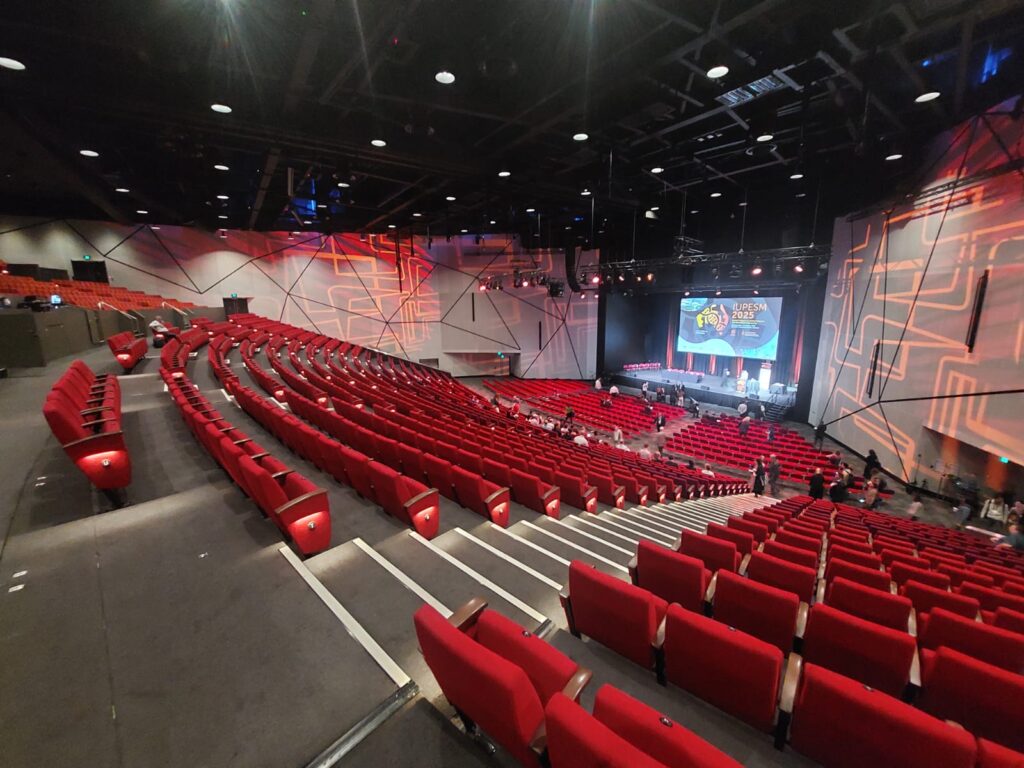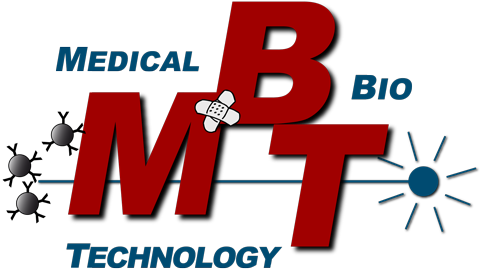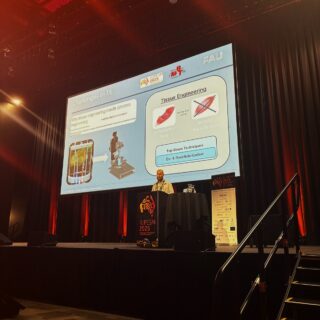Advancing skeletal muscle regeneration: A novel bioreactor system with real-time quality inline-monitoring and adaptive control
At the IUPESM World Congress on Medical Physics and Biomedical Engineering 2025 in Adelaide, Dr. Michael Haug presented the progress from the MBT’s tissue engineering program. His oral presentation introduced the Tissue Regenerator, an innovative bioengineering platform designed to revolutionize skeletal muscle regeneration.
The platform combines precision fluidic control with integrated real-time sensors, enabling multi-parametric, non-destructive monitoring throughout the decellularization process. He demonstrated how optical and mechanical sensor feedback can be used to replace conventional destructive endpoint tests such as histology or immunostaining. This shift toward continuous, functional quality control paves the way for automated transition to subsequent recellularization steps—enhancing reproducibility, ensuring feasibility, and enabling adaptivity in regenerative medicine. This marks a significant step forward in adaptive tissue engineering and aligns with the very principle of opto-biomechatronics—manufacturing biomedical tools that capture structure and function at the same time.
The presented proof-of-concept prototype illustrated how real-time feedback loops can inform and potentially optimize every stage of tissue processing. The talk was well received and sparked interdisciplinary discussions on the application of adaptive tissue engineering for further organs and tissues. The future vision behind the Tissue Regenerator is clear: to shift from static protocols to intelligent systems that ‘understand’ the tissue’s state and adapt accordingly.


